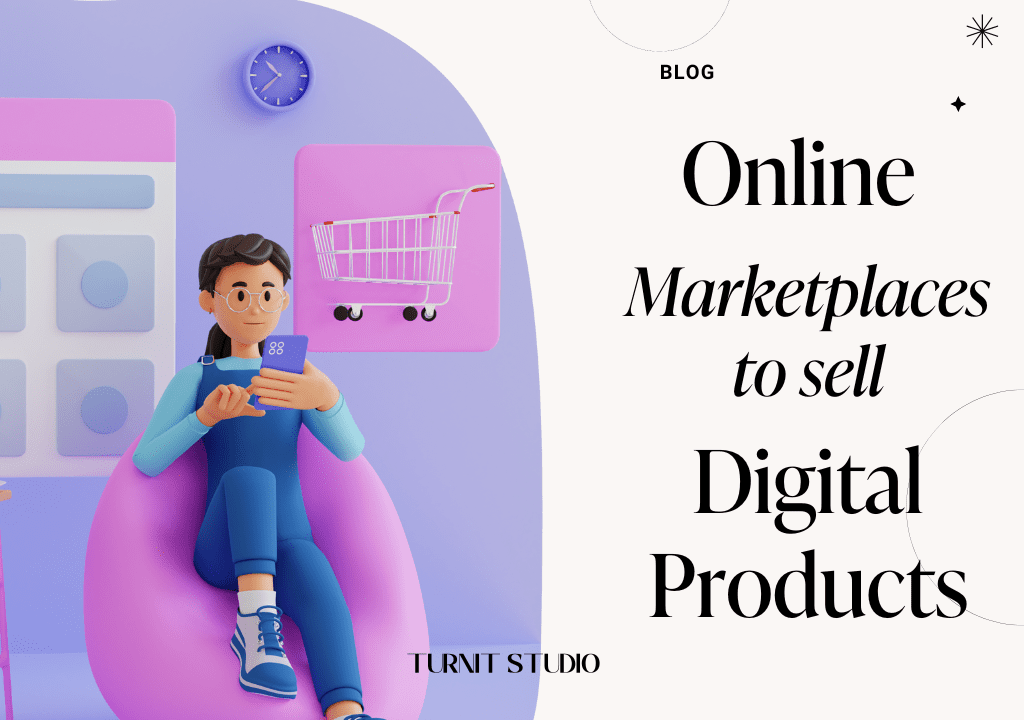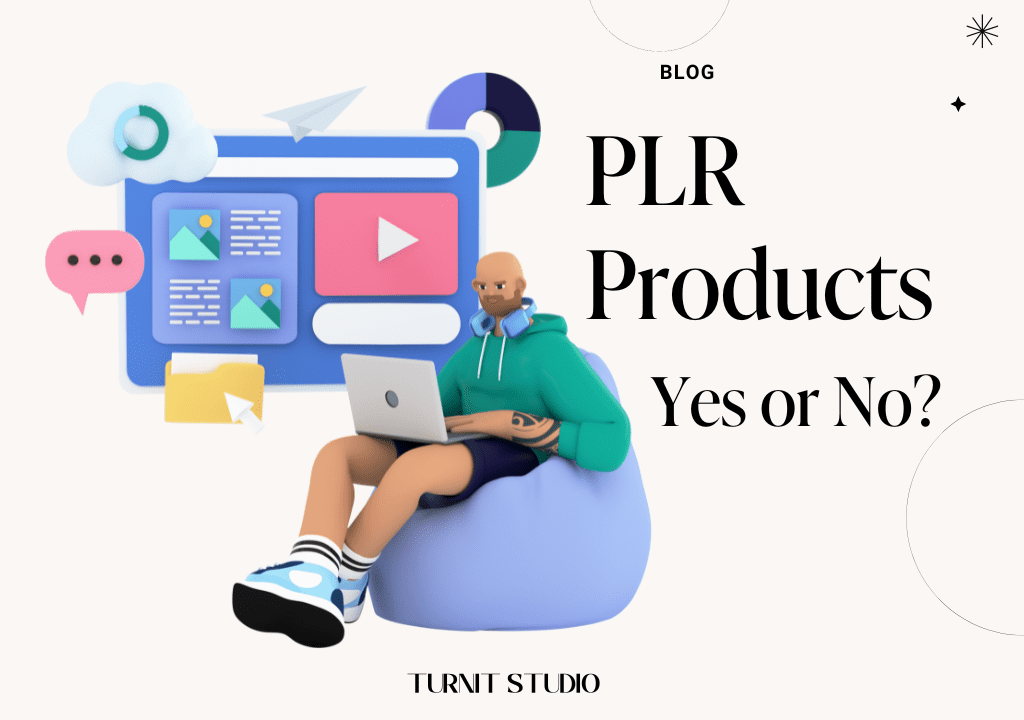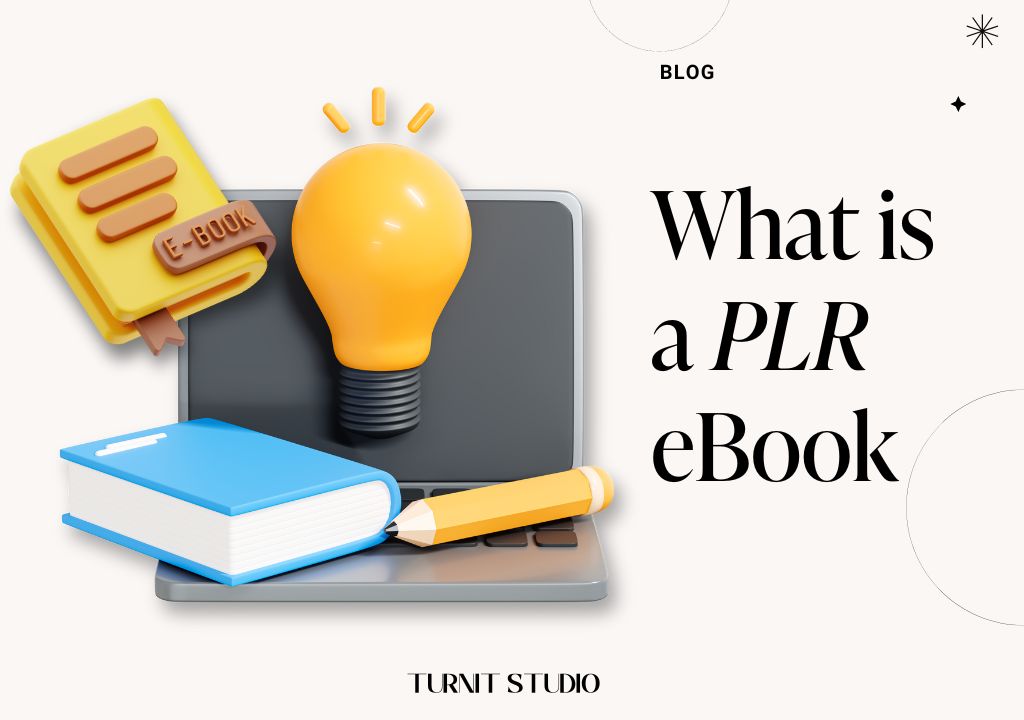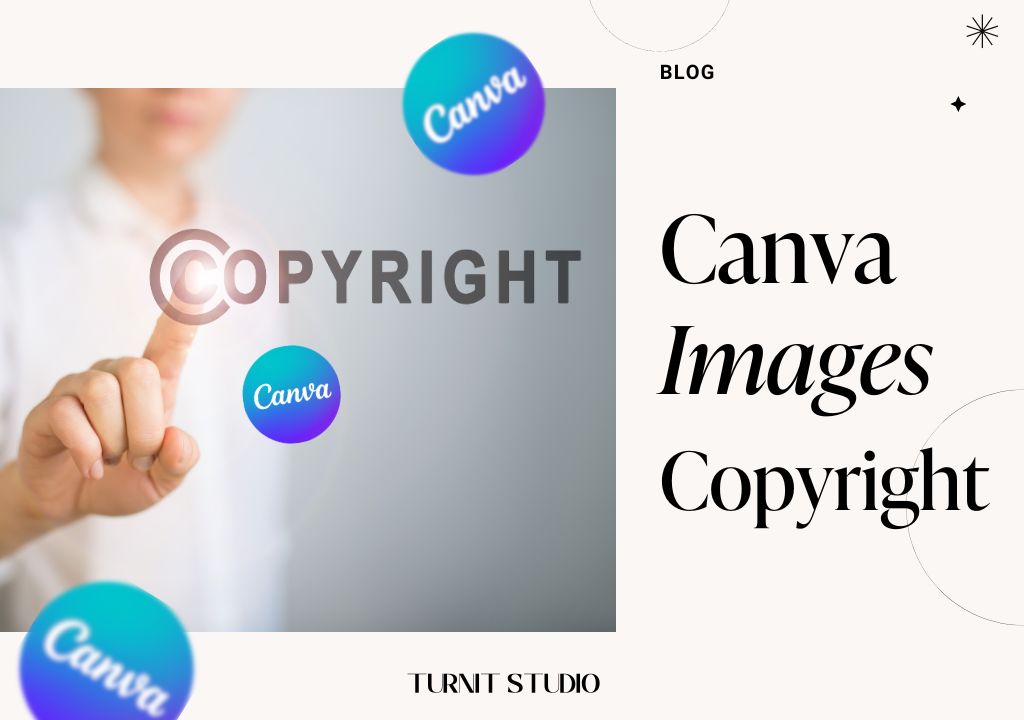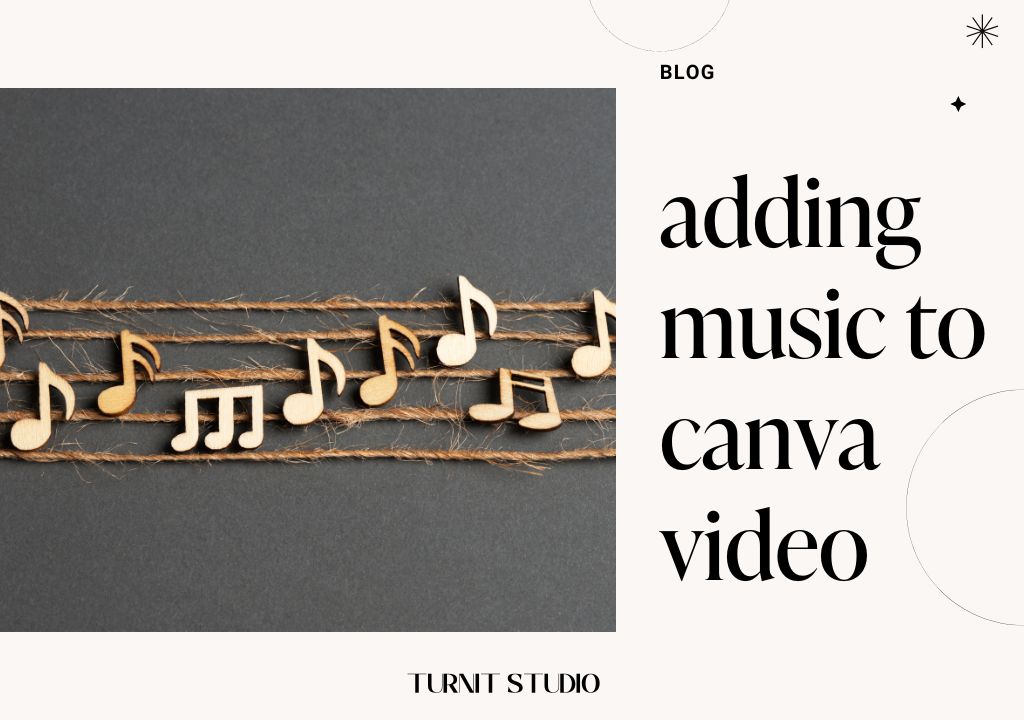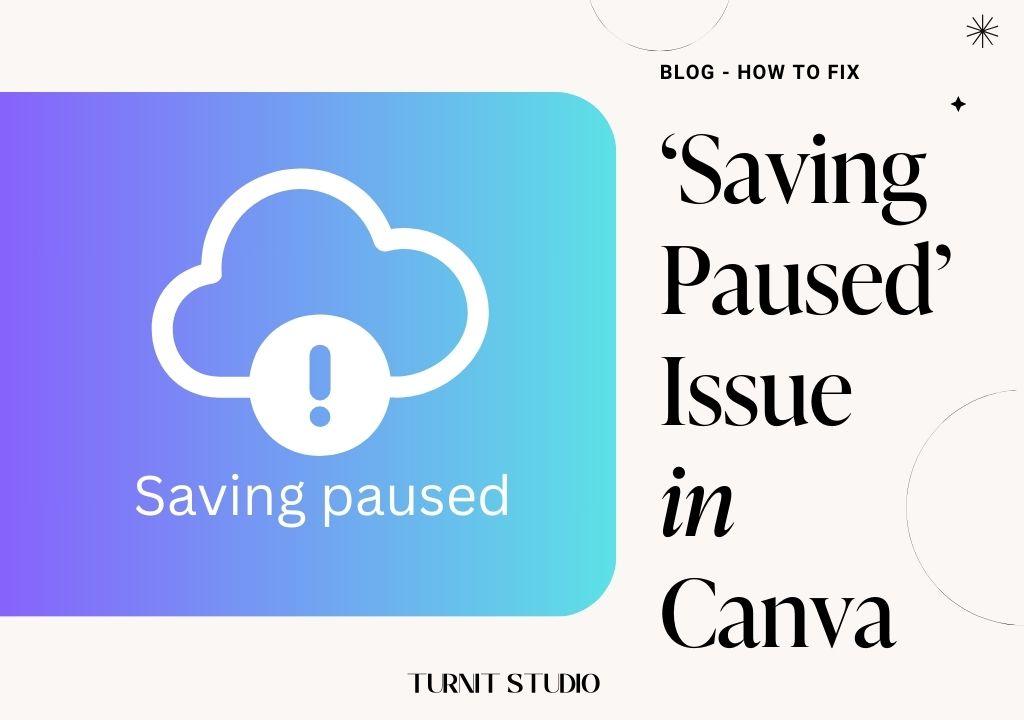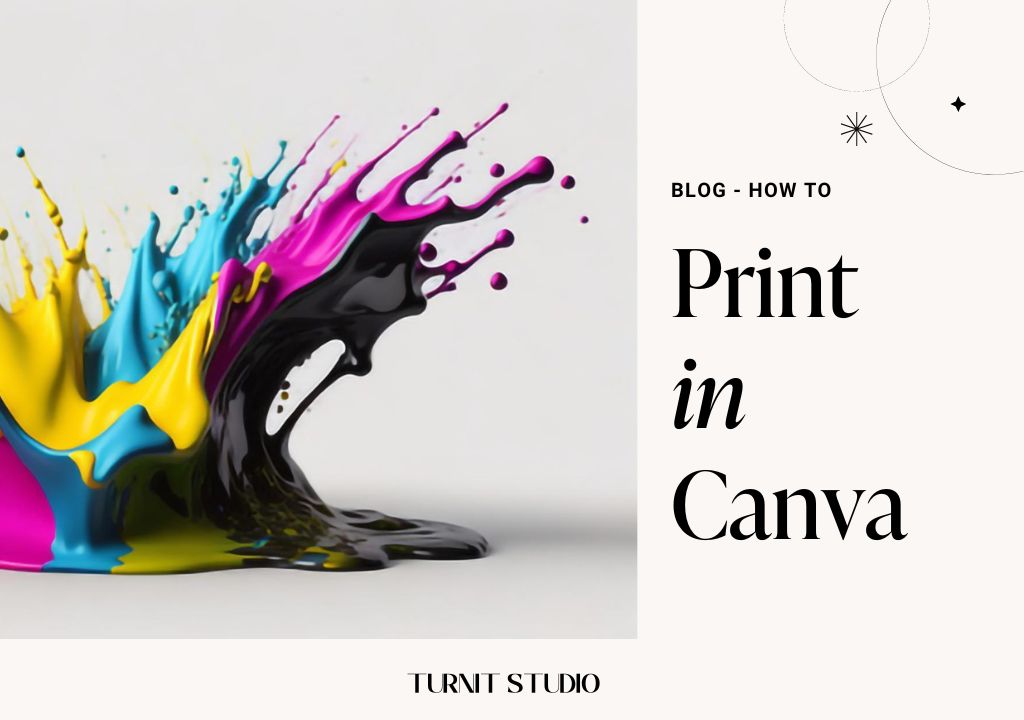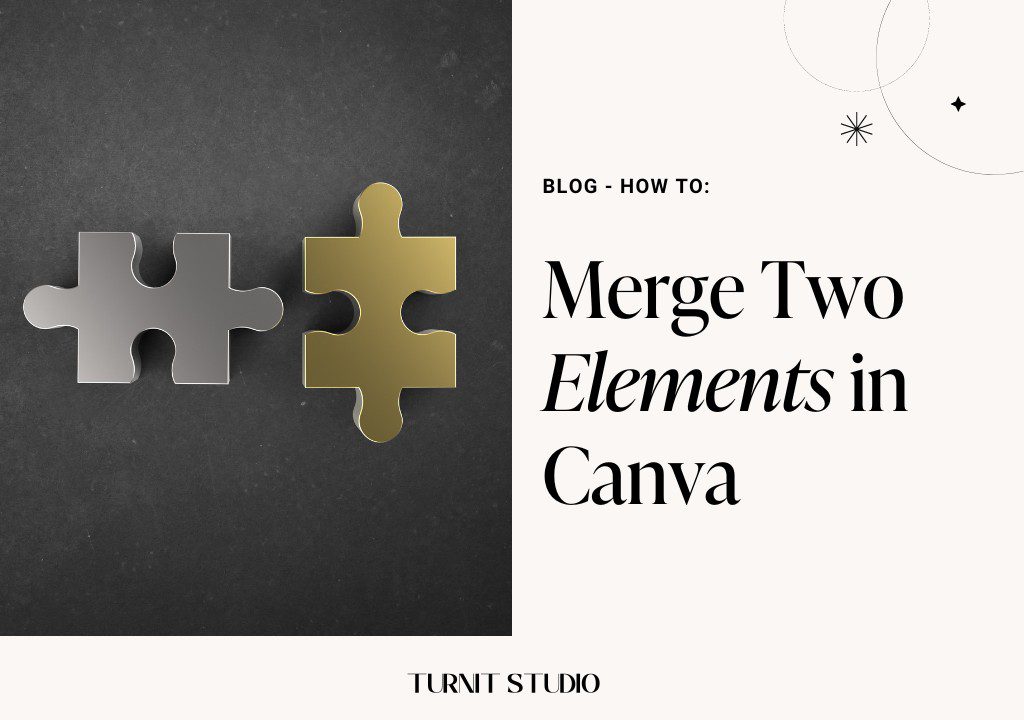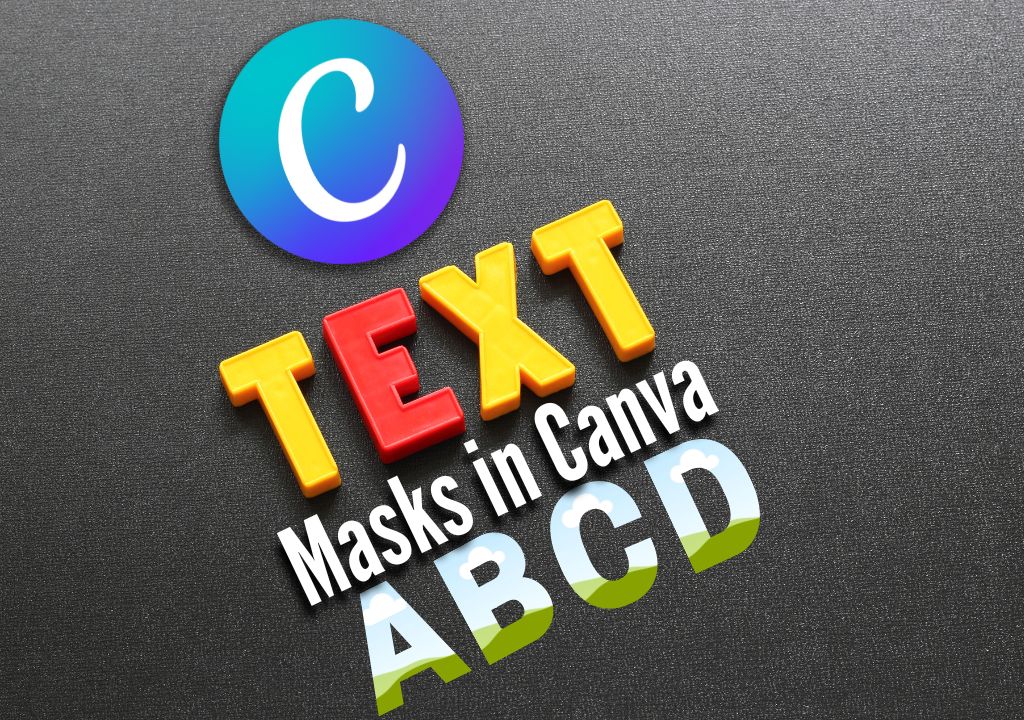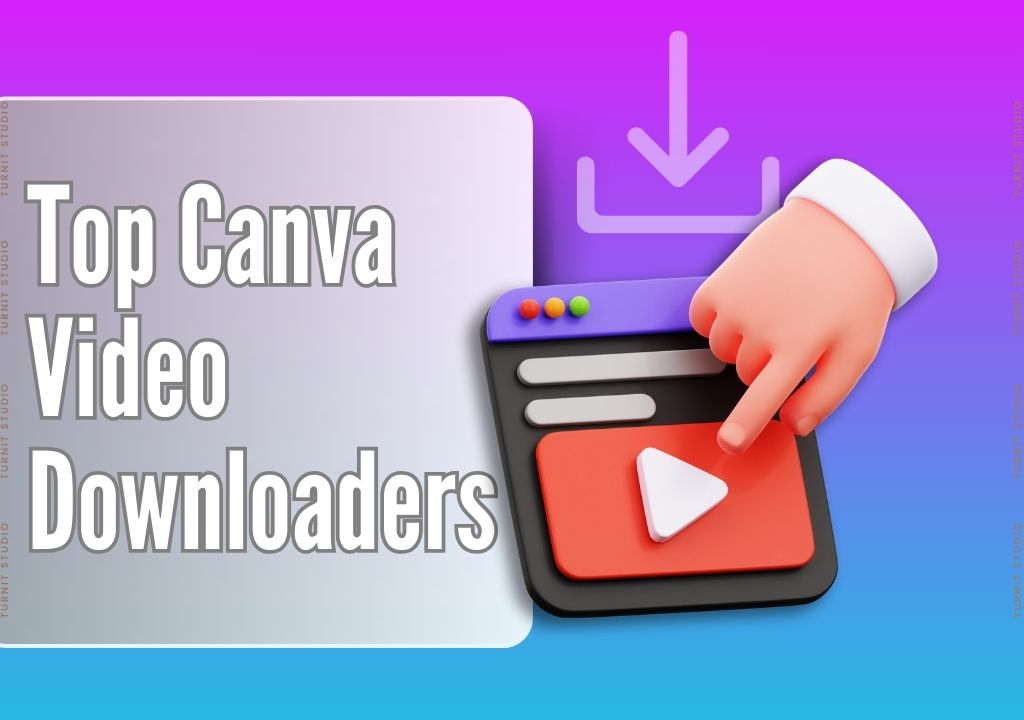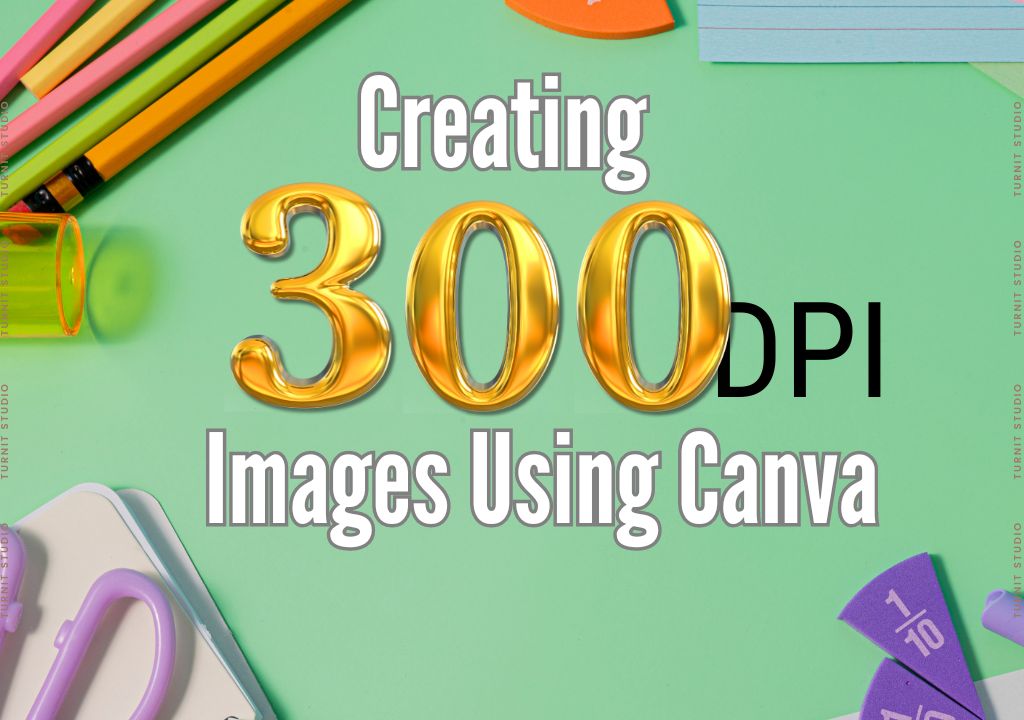Blog
Step-by-Step Guide to Editing Your Resume using Canva
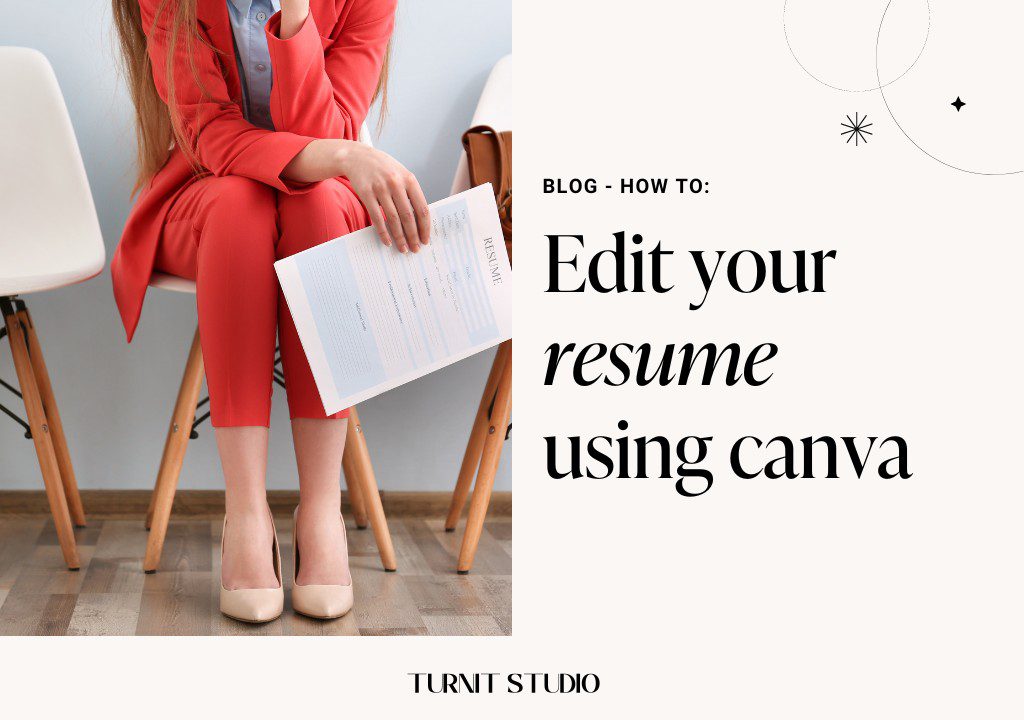
In today’s highly competitive job market, having a well-crafted and visually appealing resume can make all the difference in landing your dream job. But where do you start when it comes to editing your resume? Look no further than Canva, the popular graphic design platform that offers a wide range of resume templates to choose from. With its user-friendly interface and intuitive editing tools, Canva makes the process of revamping your resume a breeze.
In this step-by-step guide, we’ll walk you through the process of editing your resume using Canva. From choosing the perfect template to customizing fonts, colors, and layouts, we’ll show you how to create a standout resume that reflects your unique skills and experience.
Whether you’re a seasoned professional looking to update your resume or a recent graduate entering the job market for the first time, this guide is packed with insider tips and tricks to help you create a resume that gets noticed.
Don’t settle for a generic resume that blends in with the crowd. Learn how to make your resume stand out from the competition using Canva’s powerful editing tools. Let’s get started on crafting the perfect resume together!
IN THIS ARTICLE
The importance of a well-crafted resume
A well-crafted resume is essential in today’s job market. It is often the first impression a potential employer has of you, and it can determine whether or not you advance to the next stage of the hiring process. A resume that is poorly formatted, cluttered, or difficult to read can quickly end up in the reject pile. On the other hand, a resume that is polished, visually appealing, and effectively highlights your skills and experience can grab the attention of hiring managers and increase your chances of landing an interview.
When crafting your resume, it is important to keep in mind that employers typically spend just a few seconds scanning each resume before deciding whether to keep reading or move on to the next candidate. This means that your resume needs to make an immediate impact and clearly communicate your qualifications. By using Canva to edit your resume, you can easily create a visually appealing and professional-looking document that will catch the eye of hiring managers and make a lasting impression.
Understanding the role of Canva in resume editing
Canva is a popular graphic design platform that offers a wide range of templates for various purposes, including resumes. It provides an easy-to-use interface and a range of editing tools that allow you to customize your resume to suit your needs. Canva’s resume templates are designed by professional graphic designers, ensuring that your resume will have a polished and professional look. With Canva, you don’t need to have any graphic design experience to create a visually appealing resume. The platform offers a range of pre-designed layouts, fonts, and color schemes that you can easily customize to reflect your personal brand.
Using Canva to edit your resume also offers the advantage of flexibility. You can easily make changes to your resume as needed, whether it’s updating your contact information, adding new skills or experiences, or tailoring your resume for a specific job application. Canva allows you to save your resume as a PDF or image file, making it easy to share electronically or print out for physical copies.
Step 1: Reviewing your existing resume
Before you begin editing your resume using Canva, it’s important to review your existing resume and assess what needs to be improved. Take the time to carefully read through your resume and consider the following questions:
- Is your resume well-organized and easy to read?
- Does it effectively highlight your skills, experience, and qualifications?
- Are there any spelling or grammatical errors that need to be corrected?
- Does the content of your resume align with the job you are applying for?
- Are there any outdated or irrelevant information that can be removed?
By critically reviewing your existing resume, you can identify areas that need improvement and have a clear understanding of what you want to achieve with your new resume.
Step 2: Choosing a resume template on Canva
Once you have reviewed your existing resume, it’s time to choose a resume template on Canva. Canva offers a wide variety of resume templates, ranging from simple and clean designs to more creative and eye-catching layouts. When choosing a template, consider the following factors:
- Industry and job role: Different industries and job roles may require different resume styles. For example, a creative field may call for a more visually appealing and unique design, while a corporate setting may require a more professional and traditional layout.
- Personal brand: Your resume should reflect your personal brand and the image you want to portray to potential employers. Consider your personal style and the type of impression you want to make when selecting a template.
- Readability: While it’s important to have an aesthetically pleasing resume, it should also be easy to read. Choose a template that has a good balance between visuals and content, ensuring that the text is clear and legible.
- Customizability: Look for a template that allows you to easily customize the layout, fonts, colors, and other elements to suit your needs. Canva provides a range of editing tools that make it easy to personalize your chosen template.
Once you have selected a template, you can start customizing it to create a resume that stands out and reflects your unique skills and experience.
Step 3: Customizing your resume template
Canva offers a range of editing tools that allow you to customize your chosen resume template to suit your needs. Here are some key elements you can customize:
- Fonts: Choose fonts that are professional and easy to read. Canva offers a wide variety of fonts to choose from, allowing you to experiment with different styles until you find the perfect fit.
- Colors: Customize the color scheme of your resume to match your personal brand or the industry you are applying for. Consider using a color palette that is visually appealing and complements the content of your resume.
- Layout: Canva allows you to easily rearrange the sections of your resume and adjust the spacing to create a well-balanced layout. Experiment with different arrangements until you find a structure that effectively highlights your skills and experience.
- Images and icons: Canva offers a library of images and icons that you can use to enhance your resume. Consider adding relevant icons to visually represent your skills or using images to showcase your portfolio or past projects.
As you customize your resume template, keep in mind the overall goal of creating a visually appealing and professional document that effectively communicates your qualific
Step 4: Formatting and organizing your resume content
Formatting and organizing your resume content is crucial in ensuring that your resume is easy to read and navigate. Here are some tips for formatting and organizing your resume using Canva:
- Headings and subheadings: Use clear and concise headings to separate different sections of your resume, such as “Education,” “Experience,” and “Skills.” This helps hiring managers quickly find the information they are looking for.
- Bullet points: Use bullet points to highlight your key responsibilities, achievements, and skills. This makes it easier for hiring managers to scan your resume and quickly identify your qualifications.
- Consistency: Ensure that the formatting and styling of your resume are consistent throughout. This includes font sizes, spacing, and alignment. Consistency creates a professional and polished look.
- White space: Leave sufficient white space between sections and paragraphs to make your resume more visually appealing and easy to read. Avoid cluttering your resume with too much text or information.
- Order of information: Arrange your resume content in reverse chronological order, starting with your most recent experience or education. This allows hiring managers to quickly see your most relevant qualifications.
By formatting and organizing your resume content effectively, you can create a document that is visually appealing, easy to read, and showcases your qualifications in the best possible way.
Step 5: Adding professional elements to your resume
In addition to customizing the layout and content of your resume, you can also add professional elements to further enhance its visual appeal. Canva offers a range of features that allow you to add these elements to your resume. Here are some ideas:
- Professional photo: Consider adding a professional photo to your resume if it is appropriate for your industry or job role. Ensure that the photo is high-quality, well-lit, and portrays you in a professional manner.
- QR code: If you have an online portfolio or personal website, you can add a QR code to your resume. This allows hiring managers to easily access more information about you and your work.
- Infographics: Canva offers a range of infographic templates that you can incorporate into your resume. Infographics can be used to visually represent your skills, achievements, or other relevant information.
- Charts and graphs: If you have quantifiable achievements or metrics that you want to highlight, consider using charts or graphs to present this information. Canva provides a range of customizable chart templates that you can easily incorporate into your resume.
Adding these professional elements to your resume can help it stand out from the competition and leave a lasting impression on hiring managers.
Step 6: Proofreading and editing your resume
Before finalizing your resume, it is essential to proofread and edit it for any errors or inconsistencies. Spelling and grammatical mistakes can quickly undermine the credibility of your resume, so take the time to carefully review your content. Here are some tips for proofreading and editing your resume:
- Read it aloud: Reading your resume aloud can help you identify any awkward phrasing or errors that you may have missed when reading silently.
- Use spell-check: Run a spell-check on your resume to catch any spelling errors. However, keep in mind that spell-check may not catch all mistakes, so it’s important to manually review your content as well.
- Get a second opinion: Ask a friend or family member to review your resume for any errors or inconsistencies. Fresh eyes can often catch mistakes that you may have overlooked.
- Check formatting: Ensure that the formatting and layout of your resume are consistent and visually appealing. Pay attention to spacing, alignment, and font sizes.
By taking the time to proofread and edit your resume, you can ensure that it is error-free and presents you in the best possible light.
Step 7: Saving and exporting your resume from Canva
Once you are satisfied with the final version of your resume, it’s time to save and export it from Canva. Canva allows you to save your resume as a PDF or image file, making it easy to share electronically or print out for physical copies. Here’s how to save and export your resume from Canva:
- Click on the “Download” button in the top right corner of the Canva editor.
- Choose the file type you want to save your resume as, such as PDF or image.
- Select the desired file quality and click on the “Download” button to save the file to your computer.
By saving and exporting your resume from Canva, you can ensure that it is ready to be shared with potential employers and make a positive impression.
Conclusion and final tips for resume success
Crafting the perfect resume is a crucial step in your job search journey. By using Canva to edit your resume, you can create a visually appealing and professional document that effectively showcases your skills and experience. Remember to keep the following tips in mind:
- Customize your resume template to reflect your personal brand and the industry you are applying for.
- Format and organize your resume content to ensure readability and highlight your qualifications.
- Add professional elements to enhance the visual appeal of your resume.
- Proofread and edit your resume for any errors or inconsistencies.
- Save and export your resume from Canva in a suitable file format.
Don’t settle for a generic resume that blends in with the crowd. Learn how to make your resume stand out from the competition using Canva’s powerful editing tools. By following this step-by-step guide, you can create a resume that gets noticed and increases your chances of landing your dream job. Good luck!
Related Posts
Where to Sell Your Digital Products for Maximum Profit
-
Posted by
 Turnit Studio
Turnit Studio
- 0 comments
PLR Products: Everything You Need to Know
-
Posted by
 Turnit Studio
Turnit Studio
- 0 comments
What is a PLR eBook and How Can It Boost Your Online Business?
-
Posted by
 Turnit Studio
Turnit Studio
- 0 comments
Are Canva Images Copyright Free?
-
Posted by
 Turnit Studio
Turnit Studio
- 0 comments
Step-by-Step Guide to Adding Music to Canva Video
-
Posted by
 Turnit Studio
Turnit Studio
- 0 comments
Step-by-Step Guide to Fix the ‘Saving Paused’ Issue in Canva
-
Posted by
 Turnit Studio
Turnit Studio
- 0 comments
How To Print In Canva?
-
Posted by
 Turnit Studio
Turnit Studio
- 0 comments
How to Merge Two Elements in Canva
-
Posted by
 Turnit Studio
Turnit Studio
- 0 comments
Discovering the Transformative Definition of Mindfulness
-
Posted by
 Turnit Studio
Turnit Studio
- 0 comments
How to Create Text Masks in Canva
-
Posted by
 Turnit Studio
Turnit Studio
- 0 comments
5 Top Canva Video Downloaders
-
Posted by
 Turnit Studio
Turnit Studio
- 1 comment
Creating 300 DPI Images Using Canva
-
Posted by
 Turnit Studio
Turnit Studio
- 0 comments

